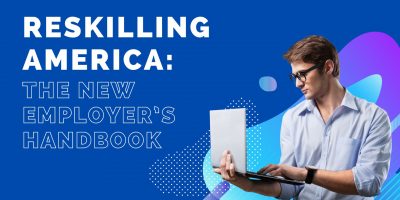
Low-Cost Employee Recognition Ideas with High Impact
Recognition doesn’t need a big budget to make a big impact. These affordable ideas for employee recognition move past transactional incentives and build emotional connections for genuine appreciation and lasting results.






